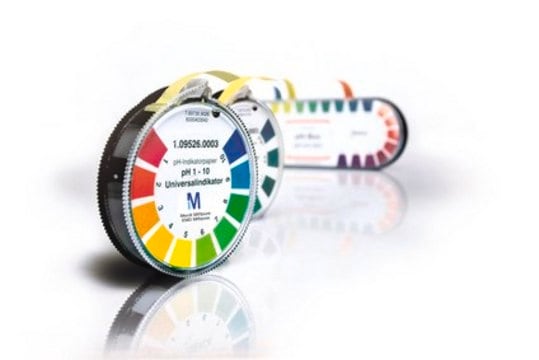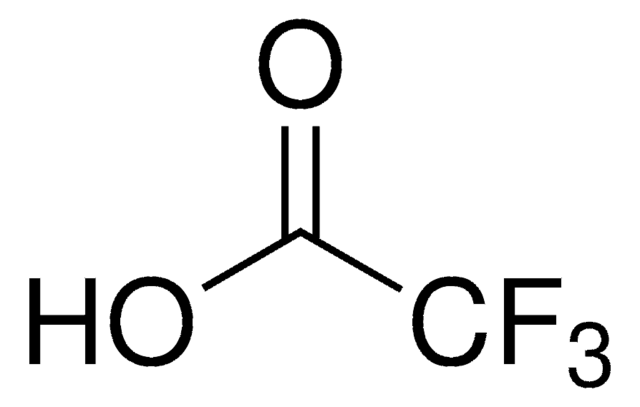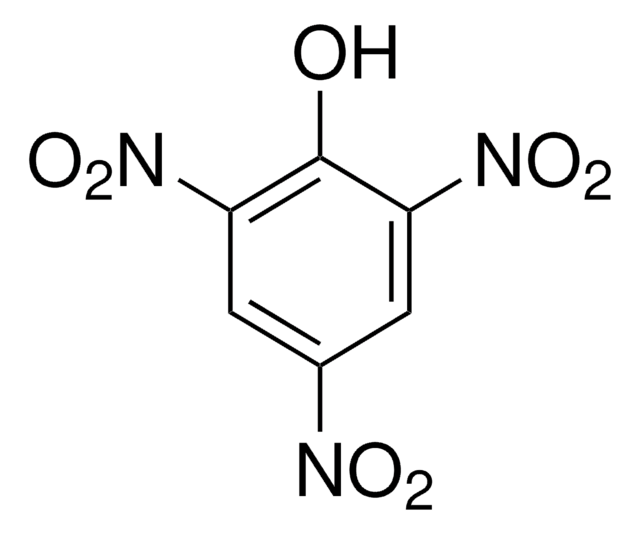467863
Lead(II) acetate trihydrate
≥99.99% trace metals basis
Synonym(s):
Lead diacetate trihydrate
About This Item
Recommended Products
Quality Level
Assay
≥99.99% trace metals basis
form
solid
reaction suitability
core: lead
reagent type: catalyst
impurities
≤0.01% insolubles
<100 ppm total metallic impurities
mp
75 °C (dec.) (lit.)
anion traces
NO3- and NO2-: ≤0.005%
chloride (Cl-): ≤5 ppm
cation traces
Ca: ≤0.005%
Cu: ≤0.002%
Fe: ≤0.001%
K: ≤0.005%
Na: ≤0.01%
SMILES string
O.O.O.CC(=O)O[PbH2]OC(C)=O
InChI
1S/2C2H4O2.3H2O.Pb/c2*1-2(3)4;;;;/h2*1H3,(H,3,4);3*1H2;/q;;;;;+2/p-2
InChI key
MCEUZMYFCCOOQO-UHFFFAOYSA-L
Looking for similar products? Visit Product Comparison Guide
General description
Application
- In the preparation of lead lanthanum zirconate stannate titanate (PbLa(ZrSnTi)O3) antiferroelectric (AFE) ceramics for dielectric capacitors
- As a precursor to synthesize lead chalcogenides such as lead sulfide (PbS), lead selenide (PbSe) and lead telluride (PbTe) nanostructures.
- In the synthesis of organic-inorganic halide perovskites (OIHPs) as optoelectronic materials for solar cells and light-emitting diodes.
Signal Word
Danger
Hazard Statements
Precautionary Statements
Hazard Classifications
Aquatic Acute 1 - Aquatic Chronic 1 - Carc. 2 - Eye Dam. 1 - Lact. - Repr. 1A - STOT RE 1
Target Organs
Central nervous system,Blood,Immune system,Kidney
Storage Class Code
6.1C - Combustible acute toxic Cat.3 / toxic compounds or compounds which causing chronic effects
WGK
WGK 3
Flash Point(F)
Not applicable
Flash Point(C)
Not applicable
Personal Protective Equipment
Regulatory Listings
Regulatory Listings are mainly provided for chemical products. Only limited information can be provided here for non-chemical products. No entry means none of the components are listed. It is the user’s obligation to ensure the safe and legal use of the product.
PDSCL
Deleterious substance
PRTR
Specified Class I Designated Chemical Substances
ISHL Indicated Name
Substances Subject to be Indicated Names
ISHL Notified Names
Substances Subject to be Notified Names
JAN Code
467863-VAR:
467863-250G:4548173155586
467863-50G:4548173155593
467863-BULK:
Choose from one of the most recent versions:
Already Own This Product?
Find documentation for the products that you have recently purchased in the Document Library.
Articles
Since the first report of the low-cost dye-sensitized solar cell (DSSC) in 1991 by Gratzel and his coworker,1 dye-sensitized solar cells (DSSC) has been regarded as one of the most promising photovoltaic technologies because of their transparent and colorful characteristics, as well as low cost.
Our team of scientists has experience in all areas of research including Life Science, Material Science, Chemical Synthesis, Chromatography, Analytical and many others.
Contact Technical Service







